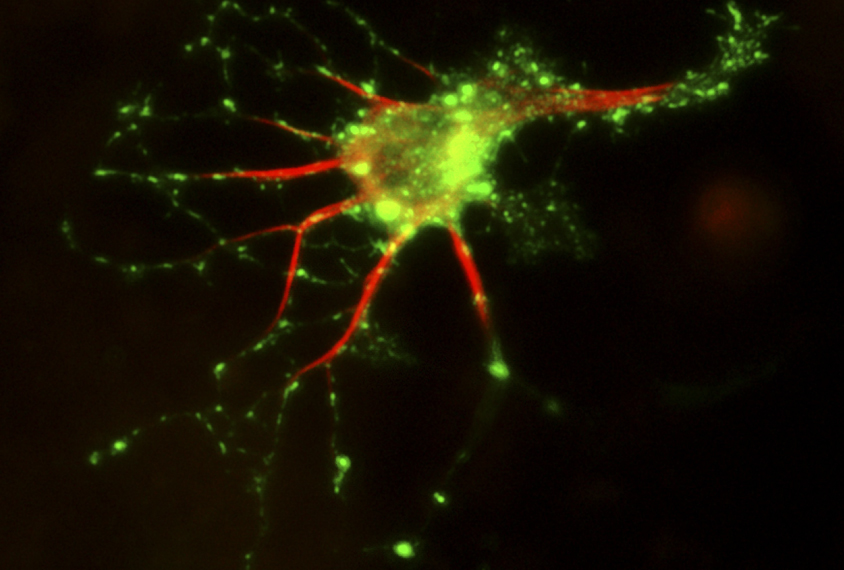ASHG 2016
Recent articles
Many people harbor large mutations linked to autism
DNA deletions and duplications tied to autism crop up in people without the condition, too.

Many people harbor large mutations linked to autism
DNA deletions and duplications tied to autism crop up in people without the condition, too.
Drug duo may reverse effects of Rett mutations in cells
A pair of existing drugs normalizes the appearance and activity of neurons derived from the skin of individuals with Rett syndrome.

Drug duo may reverse effects of Rett mutations in cells
A pair of existing drugs normalizes the appearance and activity of neurons derived from the skin of individuals with Rett syndrome.
‘Synonymous’ mosaic mutations may up autism risk
A type of mutation long thought to be harmless has turned out to play an unexpected role in autism.

‘Synonymous’ mosaic mutations may up autism risk
A type of mutation long thought to be harmless has turned out to play an unexpected role in autism.
Explore more from The Transmitter
The Transmitter’s most-read neuroscience book excerpts of 2025
Books by Nachum Ulanovsky, Nicole Rust, and Andrew Iwaniuk and Georg Striedter made the list of some of the year's most engaging neuroscience titles.

The Transmitter’s most-read neuroscience book excerpts of 2025
Books by Nachum Ulanovsky, Nicole Rust, and Andrew Iwaniuk and Georg Striedter made the list of some of the year's most engaging neuroscience titles.
Neuroscience’s leaders, legacies and rising stars of 2025
Here are seven stories from the past year about some of the field’s most engaging figures.

Neuroscience’s leaders, legacies and rising stars of 2025
Here are seven stories from the past year about some of the field’s most engaging figures.
The Transmitter’s top news articles of 2025
Check out some of our most-read stories, covering neuroscience funding and policy changes in the United States, and methodological issues in high-profile neuroscience papers.

The Transmitter’s top news articles of 2025
Check out some of our most-read stories, covering neuroscience funding and policy changes in the United States, and methodological issues in high-profile neuroscience papers.